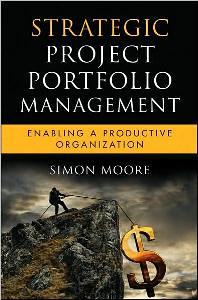Earlier this year, the CDC committed to providing H1N1 vaccines on a broad scale as Time documented. However, the Wall Street Journal reported today, swine flu vaccine production has fallen far short of expectations. This is at a time when cases of swine flu are rising sharply (see graph below). It appears much of this shortfall will be recovered in the next several months. Still a shortfall remains, this post looks at why that’s happened from a project management perspective and what we can learn from it.
The government forecast 30 million doses of swine flu vaccine would be ready by the end of October 2009. With a week to go we are at 16 million, so 46% below target, and even that target was revised down last week weeks ago for 40 million doses, so really we are 60% below initial target, of course some of that deficit will be made back in the next 7 days, but not all of it.
This appears to be a classic example of project failing to deliver on time as expected, even in this case where resources are relatively abundent. That’s not surprising, a project failing to meet expectations is the most common outcome (see related post on project failure). The more interesting question is why, because over time our project management skills do not seem to be improving
The reasons for the delay are as follows:
- Inaccurate estimates – yield lower than expected from seed virus at at least 2 producers
- Regulatory risk – FDA approval for Glaxo SmithKlein’s vaccine taking longer than expected
- Negative events not captured in plan – Some production lines experience ‘brief interruptions’ as larger scale production ramps up
- Scope change – Government changed request to relatively more single dose syringes vs. multi-dose vials
Now of these the only one which is ‘legitimate’ in that it’s not under the producer’s control or ability to forecast, was the scope change from the government to single dose syringes, because that changed the scope of project. All the others events are forecastable. Of course, no estimate is perfect and things will deviate from it. But, crucially, if there are these reasons for things to be behind schedule, shouldn’t be there a similar number of factors driving things to be ahead of schedule? Basically, shouldn’t the ‘good luck’ and the ‘bad luck’ cancel out if the estimates used in the first place were fair guesses?
Apparently, not
- Medimmune could produce more vaccine (delivered via nasal spray), but are limited by the number of sprayers they have. So they remain on target, rather than ahead of it.
Net – the majorty of firms are behind and none are ahead. It appears there was too much optimism baked into estimates. A classic problem when formulating project plans.

Image source (Center for Disease Control Site)
Also, if the chart above worries you, note there’s a good chance, the swine flu infection numbers are somewhat overestimated based on historical data.
If these sort of project post-mortems interest you, see this related post on the delay and cost overruns of the Sydney Opera House.


